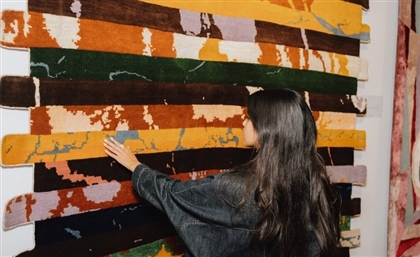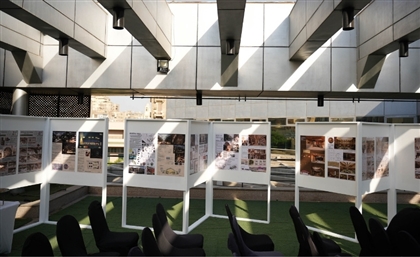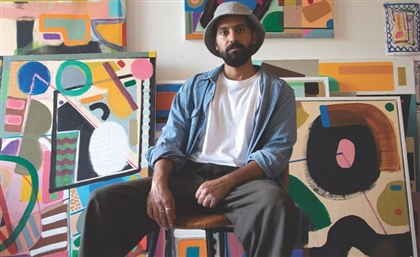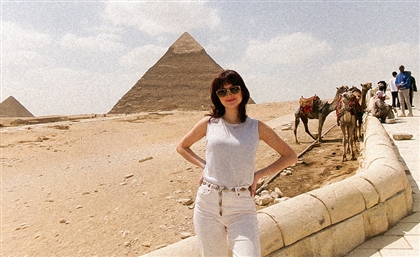From Cairo to Copenhagen: Salem Charabi on the Nature of Design
The Egyptian-Danish architect shares insights into his design process, and how nature and culture shape his work.
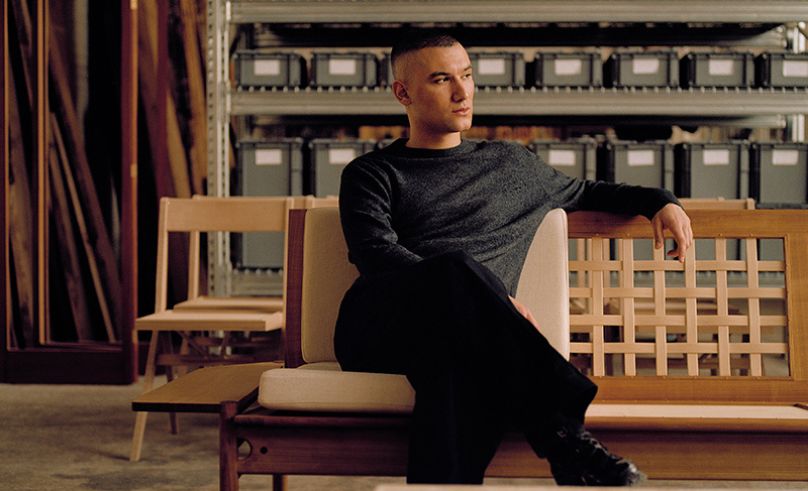
I was first introduced to Salem Charabi a little over a year ago, after coming across his designs on Instagram and saving them into a manifesting folder dedicated to everything I will own when my bank account allows.
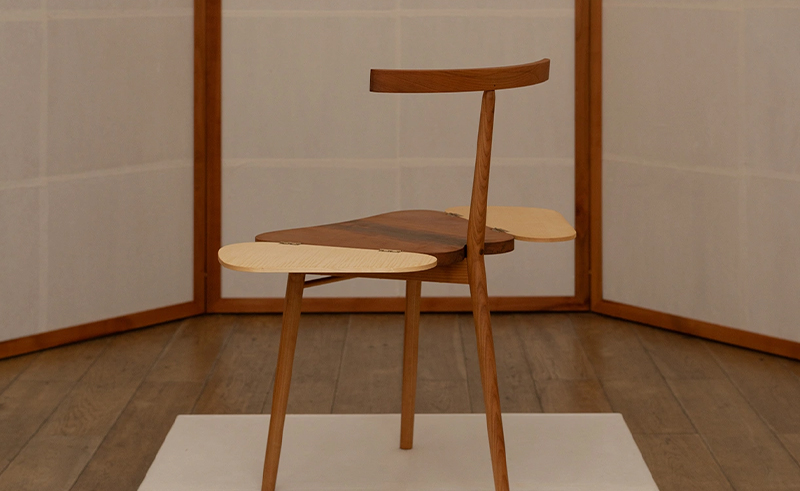
The Denmark-based architect and designer’s work explores the line between culture, nature and space with a poetic touch. It’s these gentle and melodic themes, expressed in minimalistic pieces such as three-legged stools, a long chair, and my personal favourite, the Butterfly Chair, that I notice mirror the artist’s own perspective while we speak on Zoom about artistic choices, the relationship between culture and design, and the various forms of education.
Can you tell me about your connection to Egypt?
My father is Egyptian, and he grew up in a sugar colony just outside the city before moving to Maadi. I was born in Copenhagen, but we took any chance we could to visit Cairo when I was a kid. I would go to Cairo about four times a year. I always remember how other kids would go to all these cool places while I had to go to Cairo every time.
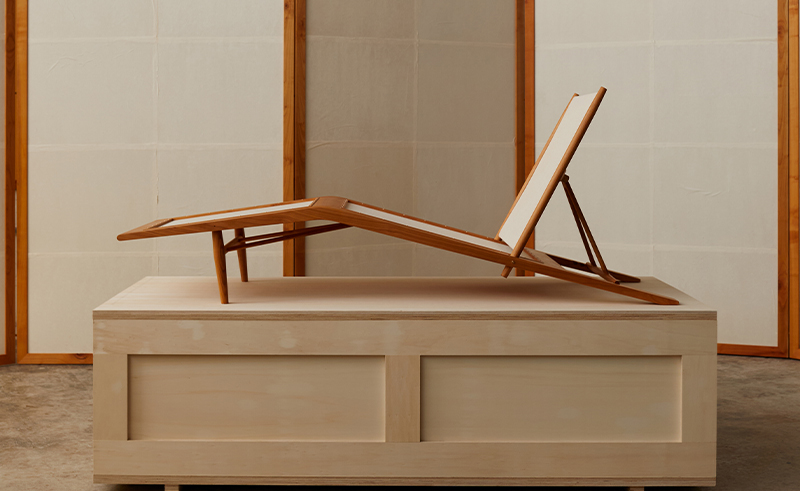
It’s only later in life that I’ve started to appreciate how beautiful that childhood was because my fondest memories are from Cairo with my family.
How would you say your multicultural background shapes your design?
It’s an interesting question because I have different answers each time I’m asked. Growing up, being from two places means your world is double in size. The way you perceive the world is much bigger, and your reference point isn’t singular. At a core level, this has contributed to having a sensibility that I feel very fortunate to have.
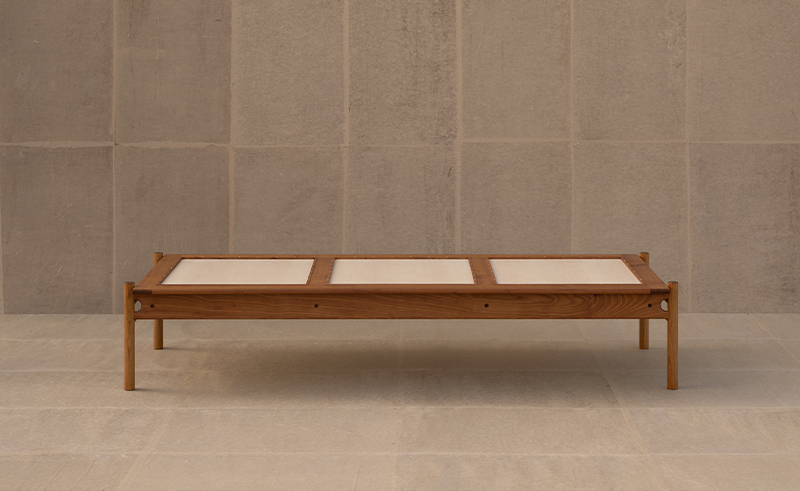
There’s also a sense of longing that comes with being from two different places, which I find beautiful. It’s about things that are out of grasp or things that you yearn for and keep sacred in your heart. When you’re designing or creating, you always start from a reference point. For me, being exposed to architecture so different from what I encounter daily sneaks into everything I do.
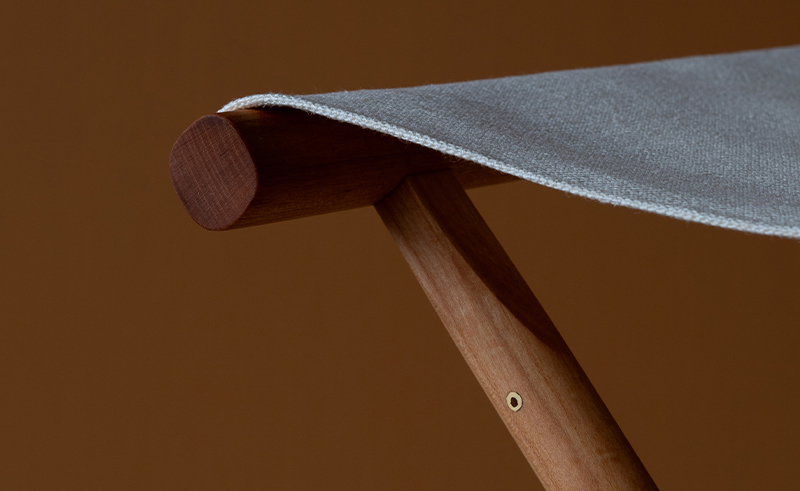
This respect for your environment informs your creations, something very present in everything in Egypt, unlike in highly industrialised countries like Denmark, where things come off a shelf.
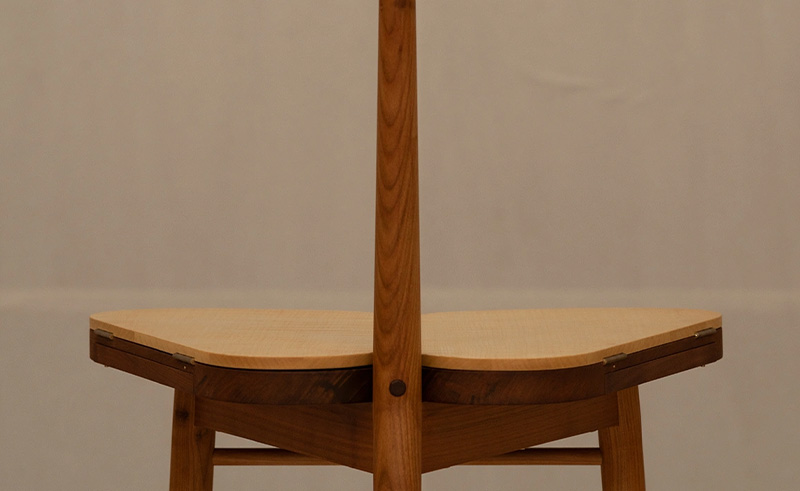
Necessity is the mother of invention, which applies to the ingenuity of Egyptians. They create culture out of anything at any moment. I try to do the same by asking, “What do we have around us?” I have a forest nearby my studio, and I think, “What woods do we have here?”
What was your educational journey in design and architecture?
I was educated at the Royal Danish Academy of Fine Arts, but my real education, in some sense, is the fact that I started a workshop while I was studying. I’ve always needed to be very close to the things I do to properly understand them. Architecture school often felt like writing the nomenclature for music without actually playing it. I was attracted to workshops and loved making things with my hands.
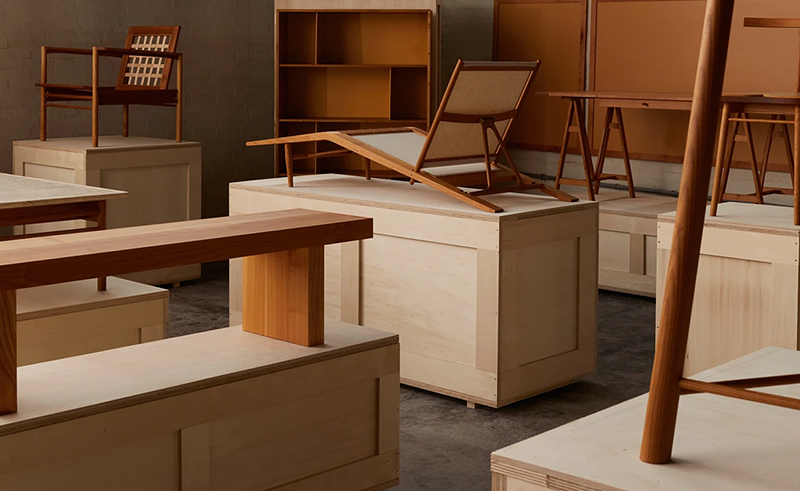
At one point, I was offered a big space in the industrial harbour, and I took the chance immediately. I gathered some people, and we took over that space outside the city. This is where I learned what architecture was by making things and playing around with them. There’s a dual education in that; I do things practically myself while having a formal education.
Your work seems to be very grounded in nature, but you also play around with alternative forms, like a three-legged chair. Could you tell me a little more about your inspiration behind the relationship between nature and alternative forms?
When I look at my pieces now, I realise I tend to reference natural phenomena. I have an obsession with moons, for instance. There are half-moon joints in my work, and the silhouettes look like the eclipse of the moon on that three-legged stool. I think of lattice work as mimicking the crown of a tree, where light falls through.

In nature, there’s always a perfect balance; nothing is wrong. I’ve always been obsessed with how we tend to divide things, especially in the Western world, into beautiful and utilitarian. Nature shows us that a tree does its job perfectly while being beautiful. There’s a perfect reason for how a tree grows, and it does so gracefully. I want my furniture to reflect that same balance.
What is your thought process when you’re looking to design something?
I’ve learned that my process differs from many of my peers. I tend to spend a lot of time in my head. I’ve noticed that if I draw things down too quickly, the magic dissipates from the idea. I spend time letting ideas float. There’s always something that sparks it, like being asked to do an exhibition or learning about a specific technique.
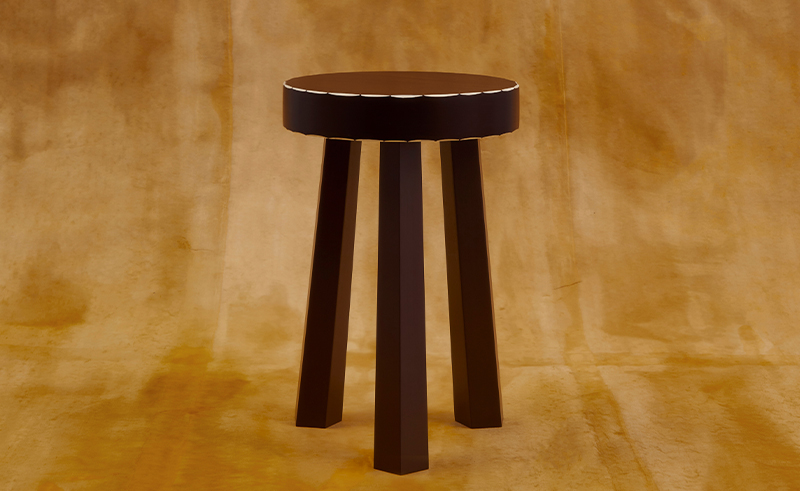
While I’m in the workshop producing other things, I let the ideas mature. Eventually, things get jotted down on paper, and once they’re on paper, it goes very quickly. Within days, they’re drawn out and rendered. I have a workshop, so we start prototyping quickly, continuously adjusting small things along the way, learning about the piece's needs, structural limitations, and practical limits. This informs what we do, leading to a finished prototype where we can make final decisions.
Trending This Week
-
Dec 27, 2025








